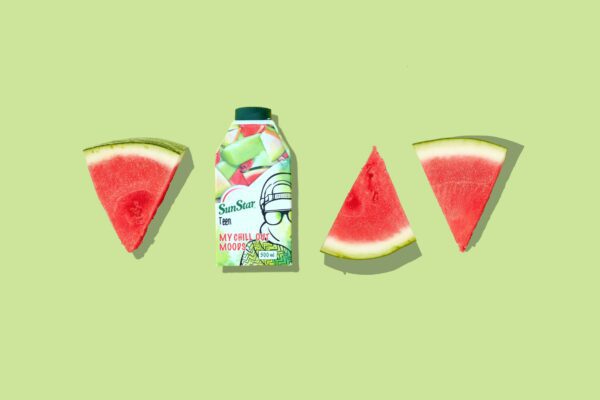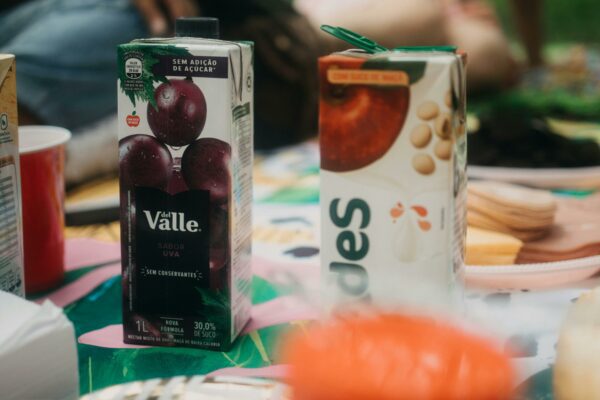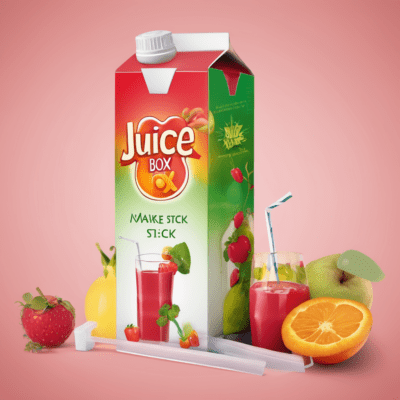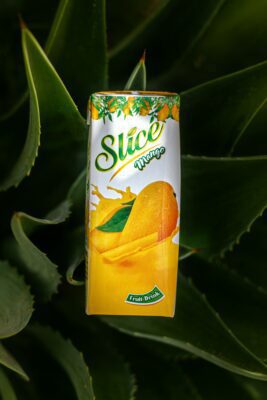Comfortable, practical, and oozing with delightful flavours, the juice box has been a classic favourite among kids and adults alike. Its lightweight and compact nature, matched with the right balance of sweetness and natural goodness, makes it the perfect companion for lunches on the go. Not to mention, the variety available caters to our craving for different fruit and vegetable juice flavours at any given time.
But there’s more to fruit and vegetable juice than convenience and taste. Many are unaware of the health benefits of drinking juice. This is especially true when the juice is made from natural fruits, with no added sugars and preservatives.



The Health Benefits of Drinking Juice
Drinking juice can do wonders for your health. Packed with a variety of essential vitamins and minerals, juice can help boost immunity, improve digestion, and keep skin healthy. It’s a refreshing way to stay hydrated and a delicious method of incorporating the goodness of fruits into our daily diet.
Moreover, some research suggests that certain types of fruit juice may even aid in the prevention of deadly diseases like cancer. This is due to the presence of antioxidants in fruits, which combat harmful free radicals in our bodies.
Can Fruit Juice Aid in Cancer Prevention?
Fruits are a rich source of antioxidants such as flavonoids and vitamin C, which can help reduce the risk of certain types of cancer. These antioxidants neutralize the harmful free radicals that can damage cells and lead to chronic disease. Drinking juice made from these fruits, therefore, can be a beneficial addition to a balanced diet.
While additional research is needed to substantiate these claims fully, a healthy diet supplemented with nutrient-rich juice is a positive step toward maintaining overall health and well-being.



Different Types of Juice Box
- Apple Juice: Made from pressed apples, this classic juice is a favourite among many.
- Orange Juice: A popular choice, known for its refreshing citrus taste and high vitamin C content.
- Grape Juice: Typically made from Concord grapes, grape juice offers a sweet and tangy flavour.
- Cranberry Juice: Known for its tart taste, cranberry juice is often enjoyed for its potential health benefits.
- Pineapple Juice: Derived from crushed pineapples, this juice offers a tropical and sweet flavour.
- Mixed Fruit Juice: A blend of various fruits, providing a diverse range of flavors and nutrients.
- Mango Juice: Made from ripe mangoes, this juice is sweet, tropical, and full of vitamins.
- Pomegranate Juice: Known for its rich antioxidants, pomegranate juice offers a unique sweet-tart taste.
- Pear Juice: Extracted from fresh pears, pear juice has a delicate and subtly sweet flavour.
- Tropical Fruit Juice: A blend of exotic fruits like guava, passionfruit, and papaya, offering a taste of the tropics.
These are just a few examples, as there are many more juice varieties available depending on regional preferences and seasonal fruits.



Unpacking the Packaging: Design of Juice Boxes
The design of a fruit & vegetable juice box plays a more significant role than just being visually appealing. A well-designed fruit & vegetable juice box is easy to handle, conveniently portable, and also ensures that the juice stays fresh for longer. It’s this combination of functionality and aesthetic appeal that contributes to making juice boxes a popular choice.
One such brand that understands the importance of packaging is Juicebox. Their innovative designs, combined with their commitment to providing nutritious beverages, have made them a favourite among health-conscious consumers.
Different Designs of Juice Boxes
Here are different designs of juice boxes:
- Tetra Pak: This is the most common design, characterized by its rectangular shape with rounded corners and a straw attached to the side.
- Pouches: Juice pouches are flexible and often have a spout or straw attached for easy drinking. They are popular for their portability and convenience.
- Cartons: Similar to milk cartons, juice cartons are made of paperboard and typically have a twist-off cap or straw attached.
- Squeeze Bottles: These are plastic bottles with a narrow opening and a flip-top lid for easy pouring. They are commonly used for juices that are thicker in consistency.
- Aluminium Cans: Some juices are packaged in aluminium cans, similar to soda cans. These are lightweight and recyclable.
- Glass Bottles: Less common for juice packaging due to their weight and potential for breakage, but glass bottles are sometimes used for premium or organic juices.
- Mini Juice Boxes: Smaller versions of traditional juice boxes. These are designed for children or for single servings.
- Stand-up Pouches: These pouches have a flat bottom that allows them to stand upright on store shelves, making them more visually appealing and easier to store.
- Custom-Shaped Containers: Some brands create unique shapes for their juice containers, such as fruit-shaped bottles or containers designed to resemble the fruit from which the juice is made.
- Biodegradable Packaging: With increasing environmental concerns, some companies are exploring biodegradable or compostable materials for juice box packaging to reduce plastic waste.
These designs vary in terms of materials, functionality, and aesthetics, catering to different consumer preferences and needs.



A Spotlight on Juicebox: A Healthy Beverage Brand
Driven by the mission to deliver healthy beverages to consumers, Juicebox places great emphasis on quality, nutrition, and taste. The juices they offer are not just thirst-quenchers but a delightful blend of health and flavour. They are made from natural fruits, are low in sugar, and are packed with essential nutrients.
Their packaging is eco-friendly and designed to be easy to use, reinforcing their vision of a healthy and sustainable lifestyle. Juices from Juicebox are a welcome addition to any meal, serving as a refreshing drink and a great way to incorporate fruits into our daily diet.
Pairing Juice with Nutritious Foods:
Pairing juice with nutritious foods is an easy way to amplify our dietary intake of essential nutrients. Juice can complement a healthy breakfast, act as a mid-day snack, or provide hydration after a workout. For instance, a glass of orange juice can be paired with a bowl of oatmeal and berries for a nutrient-rich start to the day.
Moreover, certain juices can aid digestion when paired with the right foods. Pineapple juice, for example, contains an enzyme known as bromelain, which can assist in breaking down protein. Pairing this with a protein-rich meal can help improve digestion and nutrient absorption. Remember, moderation is key, and while juice can provide a host of benefits, it should not replace whole fruits in the diet.





